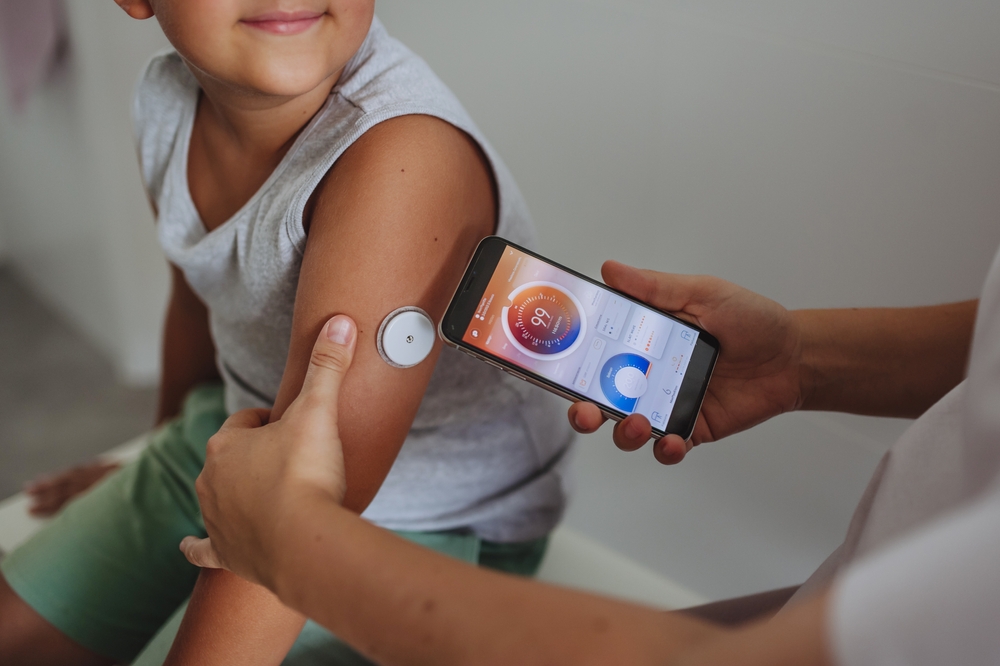Why everyone’s obsessed with glucose monitoring right now
The wellness world has a new favorite toy, and it’s not another fitness tracker or sleep gadget. Continuous glucose monitors (CGMs) are having their moment, and they’re not just for people with diabetes anymore. These tiny devices are sparking a revolution in how we think about our everyday health, and the results are seriously eye-opening.
The tech that’s changing the game
Remember when tracking your steps felt revolutionary? Well, CGMs are taking health monitoring to a whole new level. These smart devices stick to your arm and constantly track your blood sugar levels, giving you real-time updates about how your body responds to everything from your morning coffee to that late-night snack. It’s like having a personal nutritionist following you around 24/7, except this one actually knows exactly what’s happening inside your body.
The coolest part? You don’t need a doctor’s prescription anymore. Thanks to recent FDA changes, these devices are now available over-the-counter, which means anyone can get their hands on one. And trust us, people are totally here for it.
Understanding the numbers game
Here’s the tea: your blood sugar is supposed to dance between certain numbers throughout the day. When you’re just chilling (aka fasting), it should hang out between 70 and 100 mg/dL. After you eat, it’s normal for those numbers to climb, but they shouldn’t party too hard – staying below 140 mg/dL is the sweet spot for people without diabetes.
But here’s where it gets interesting: your blood sugar isn’t just about what you eat. Stress can send those numbers soaring faster than your heart rate during a horror movie. And don’t even get us started on sleep – or lack thereof. Your glucose levels can go totally wild when you’re not getting enough shut-eye.
The surprising truth about blood sugar spikes
Plot twist: even the healthiest people can experience blood sugar spikes throughout the day. Scientists at Boston University found that some people’s levels can shoot past 140 mg/dL for hours, even when they think they’re eating all the right things. It’s like finding out your “healthy” morning smoothie might not be as innocent as you thought.
Why this matters for literally everyone
Here’s a scary stat: about 9 million Americans are walking around with diabetes and don’t even know it. But CGMs are changing the game by catching potential problems before they become serious health issues. It’s like having an early warning system for your body.
And even if you’re healthy, understanding your blood sugar patterns can be a total game-changer. Maybe you’ll discover that your favorite breakfast is actually sending your energy levels on a roller coaster, or that a quick walk after meals helps keep your numbers in check.
The lifestyle revolution
People who’ve jumped on the CGM bandwagon are discovering some mind-blowing stuff about their bodies. They’re learning that eating their salad before their pasta actually helps control blood sugar better than diving straight into the carbs. Some are finding out that their post-lunch energy crashes aren’t just in their heads – they’re linked to actual blood sugar drops.
The reality check
Before you rush out to grab a CGM, here’s the deal: the science on blood sugar tracking for healthy people is still pretty new. Some doctors worry that perfectly healthy folks might get too obsessed with their numbers, turning what should be helpful information into unnecessary stress.
Think of it like checking your Instagram likes – it’s useful to know how your content is performing, but refreshing the app every two minutes probably isn’t doing you any favors.
The bottom line
Blood sugar monitoring is definitely having its moment, and for good reason. These devices are giving us unprecedented insight into how our bodies react to everything we do, from eating and exercising to sleeping and stressing. While the jury’s still out on whether every healthy person needs to track their glucose levels, one thing’s clear: this technology is changing how we think about health monitoring.
Whether you’re curious about your body’s response to different foods, worried about developing diabetes, or just love being on the cutting edge of health tech, CGMs offer a fascinating window into your body’s inner workings. Just remember to keep it in perspective – it’s one tool in your health toolkit, not the whole workshop.
The real power of CGMs might not be in the numbers themselves, but in how they help us understand our bodies better and make more informed choices about our health. And in a world where we’re constantly bombarded with conflicting health advice, having concrete data about how your own body responds to different choices can be incredibly empowering.

















